Authors say MPAs need strong enforcement, effective management and climate-friendly design
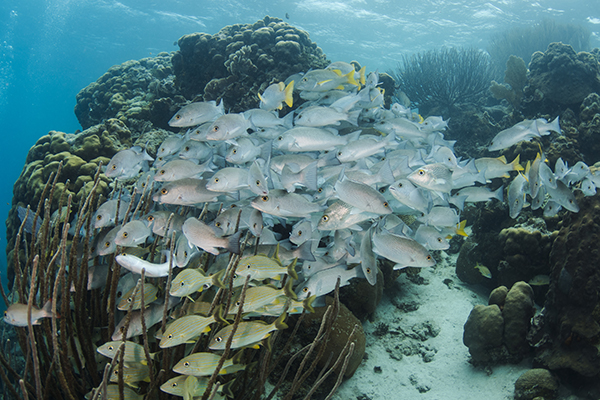
A new study has found that many marine protected areas (MPAs) fail to rebuild fish populations, with only 8 percent showing significant increases in adult biomass. The findings suggest that strong enforcement, effective management and careful site selection mindful of climate change are key to ensuring an MPA’s success and protecting marine biodiversity.
The study focused on fish in the Mesoamerican Reef, which spans over 600 miles along the coasts of southern Mexico, Belize, Guatemala and Honduras. This region is rich in biodiversity, housing over 500 fish species, 60 types of corals and one of the largest whale congregations on the planet. Additionally, the region’s marine resources support the livelihoods and food security of over 1 million people.
In the study, published in Global Change Biology, scientists looked at the age breakdown of reef fish in marine protected areas for the first time. They discovered that in almost all of them, adult fish populations have either flatlined or declined.
“Adult fish are really important,” said Steve Canty, a lead author of the study and marine ecologist with the Smithsonian Environmental Research Center. “They are the primary catch within commercial fisheries that support livelihoods and food security of coastal communities. Additionally, it is the adults that breed and rebuild the fisheries, and here size matters. Bigger and older female fish produce more and better eggs, and therefore are critical to rebuilding fish populations.”
The scientists analyzed adult versus juvenile fish biomass across 139 reef sites – 111 protected and 28 unprotected – within the Mesoamerican Reef. Protected sites fell into three categories: “fully protected areas” with a complete fishing ban, “highly protected areas” permitting some fishing activities and “general use zones” allowing commercial fishing with restrictions. Only 24 percent of the marine protected areas studied were fully or highly protected.
“It’s always difficult to prohibit fishing from any part of the sea—as if it goes against a basic human instinct,” said Melanie McField, co-author and director of the Healthy Reefs Initiative. “But fully protecting and enforcing these areas is the best way to grow bigger fish that can rebuild the populations and actually increase overall fish catches outside the fully protected areas.”
The team collected fish biomass data from the Healthy Reefs Initiative, which surveys hundreds of reefs in the region using scuba divers. The initiative also assesses enforcement and management practices in protected sites across the four Mesoamerican Reef countries. The study incorporated additional data on coastal development, sea surface temperature and other factors impacting fish populations. Data spanning 2006 to 2018 was analyzed.
The results were troubling. Out of the sites studied, only 8 percent showed significant increases in adult fish biomass, contrary to the purpose of MPAs to rebuild fish populations. Most sites showed no change, while 28 sites experienced declines. These sites with declines shared common traits: heavy coastal development nearby, elevated ocean temperatures and placement in general use zones – the least protective type of MPA, with enforcement rated as “inadequate or moderate.”
“Minimal protection in the weakest MPAs proved to be more detrimental than no protection at all, because it allowed for continued and concentrated exploitation without effective management,” said co-author Abel Valdivia, marine conservation scientist with the World Wildlife Fund. “Unlike open-access zones, where fishing pressure may be spread out, weakly protected areas faced unchecked coastal development, warming waters and inadequate enforcement, leading to the decline in adult biomass.”
Protecting fish and communities should be balanced, concludes study of Marine Protected Areas
In contrast, the 11 sites where adults rebounded also had some common trends. They were all in fully protected areas with adequate enforcement, experienced fewer sea surface temperature spikes and were beside areas with a lower human footprint.
The study suggests that strong enforcement and effective management are key to a marine protected area’s success, as is community buy-in and support. Choosing sites with climate change in mind is also critical, the authors said. While many parts of the ocean cannot escape warming waters, sites that could act as climate refuges for both adult and juvenile life stages need to be top candidates for full protection.
Findings suggest that strong enforcement, effective management and community support are key to the success of an MPA. Selecting sites mindful of climate change is also crucial: While many parts of the ocean cannot escape warming waters, sites that could act as climate refuges for both adult and juvenile life stages need to be top candidates for full protection.
“Our study shows that adults and juvenile fish respond very differently to management and environmental change,” said Justin Nowakowski, a lead author and ecologist with the Smithsonian Environmental Research Center. “Adults were more sensitive to stressors like climate change, which can undermine the local benefits of MPAs. The big question now is where to locate new MPAs to maximize positive impacts for the regional fishery. To do this, we need to consider the unique requirements of adult and juvenile life stages – otherwise we are missing the full picture.”
Now that you've reached the end of the article ...
… please consider supporting GSA’s mission to advance responsible seafood practices through education, advocacy and third-party assurances. The Advocate aims to document the evolution of responsible seafood practices and share the expansive knowledge of our vast network of contributors.
By becoming a Global Seafood Alliance member, you’re ensuring that all of the pre-competitive work we do through member benefits, resources and events can continue. Individual membership costs just $50 a year.
Not a GSA member? Join us.
Author
-
Responsible Seafood Advocate
[103,114,111,46,100,111,111,102,97,101,115,108,97,98,111,108,103,64,114,111,116,105,100,101]
Related Posts
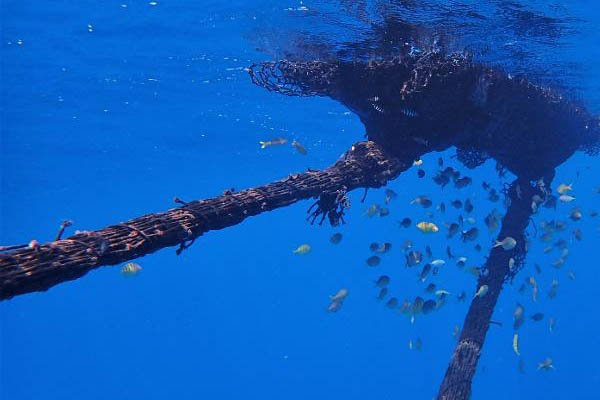
Fisheries
Can repurposing fish aggregating devices make MPAs more effective?
A new study suggests that fish aggregating devices could be repurposed to enhance marine protected areas (MPAs).
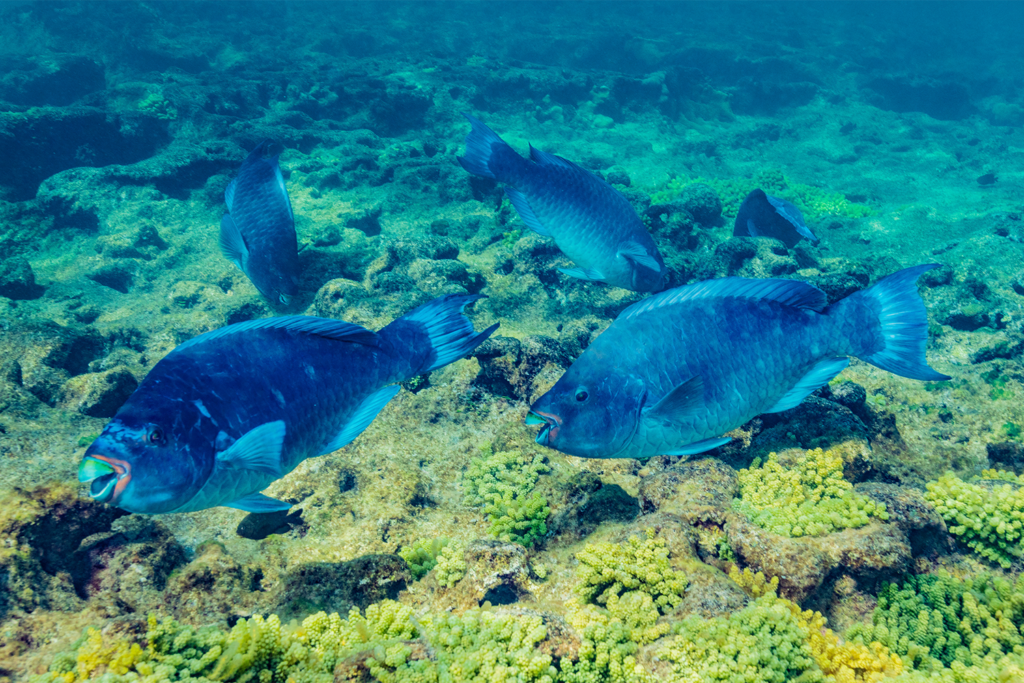
Fisheries
An inverted management strategy allowing limited fishing of endangered marine fish species in marine protected areas
If implemented correctly, endangered species would recover in the larger areas outside MPAs and fishers would benefit from the conservation value.
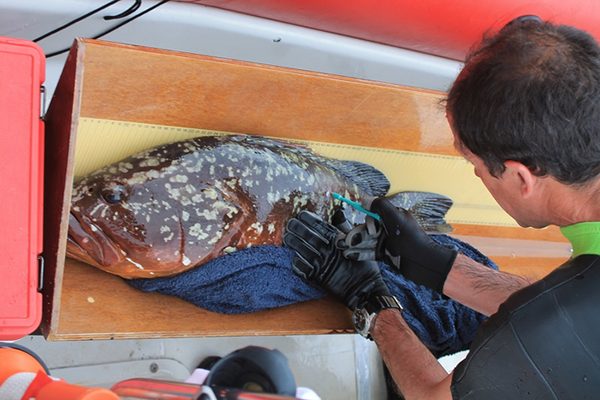
Fisheries
Study: Marine protected areas unlikely to restore marine ecosystems
A new study has found that marine protected areas are limited in restoring food webs after intensive fishing.
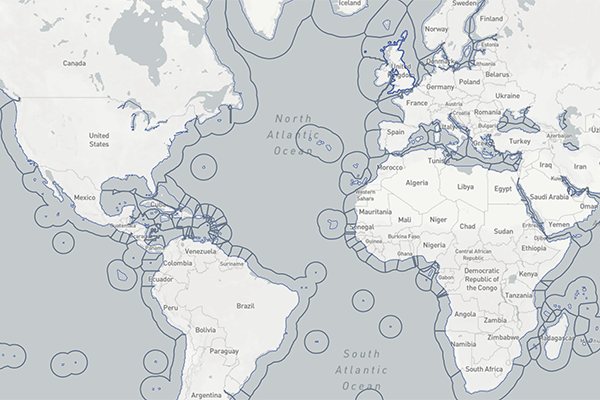
Fisheries
ProtectedSeas releases global interactive map of marine protected areas
A "one-of-a-kind" interactive map consolidates regulatory information for more than 21,000 marine protected areas worldwide.



